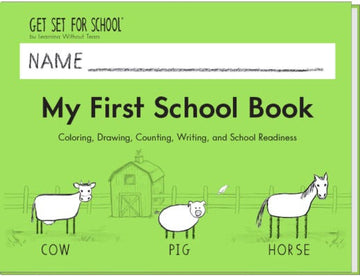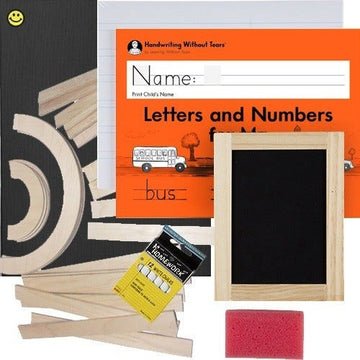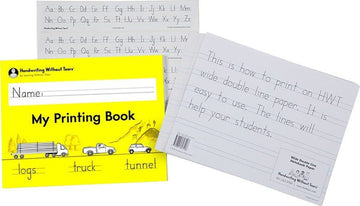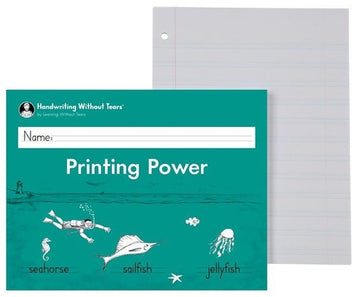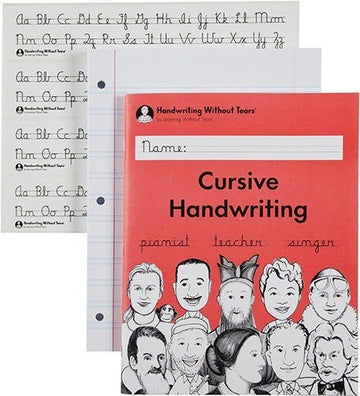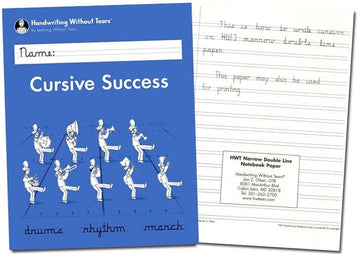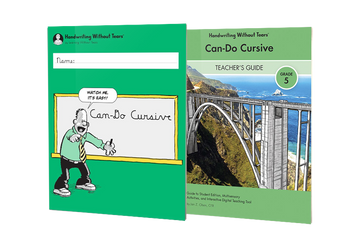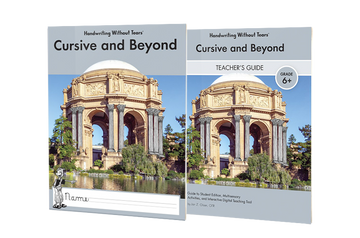Handwriting Without Tears Homeschool Handwriting Curriculum
Developmentally Oriented: According to its occupational therapist developer, this is the only developmentally-based program on the market, which means it pays particular attention to the needs of children who are learning to write. It offers basic exercises in figure-ground discrimination and top-to-bottom, left-to-right sequencing.
With letter formation, it begins with capitals because unlike lowercase letters (p, q, b and d, for example), uppercase letters are easy to distinguish. Kids don't mix them up. You'll note that cursive letters are formed in an upright rather than slanted position.
This homeschool handwriting curriculum program is helpful if your child has significant learning challenges and physical limitations. Parents also say it's easy to use with left-handed writers.
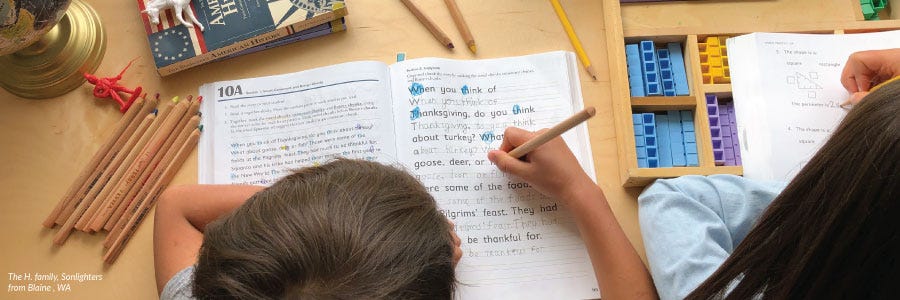
Shop Materials
Browse all Handwriting Without Tears products, including individual workbooks, manipulatives, and more.
Learn More
Learn more about Handwriting Without Tears, the advantages and disadvantages of the program, and what makes it unique.
Handwriting Without Tears Levels
Highlight promotions, certifications, or the latest news
Handwriting Without Tearsin scheduled as recommended in Sonlight Language Arts K-D.
Shop All Handwriting Without Tears Products
Visit ourHandwriting Without Tearsstore page to shop individualHandwriting Without Tears levels, manipulatives, consumable items, and more.
